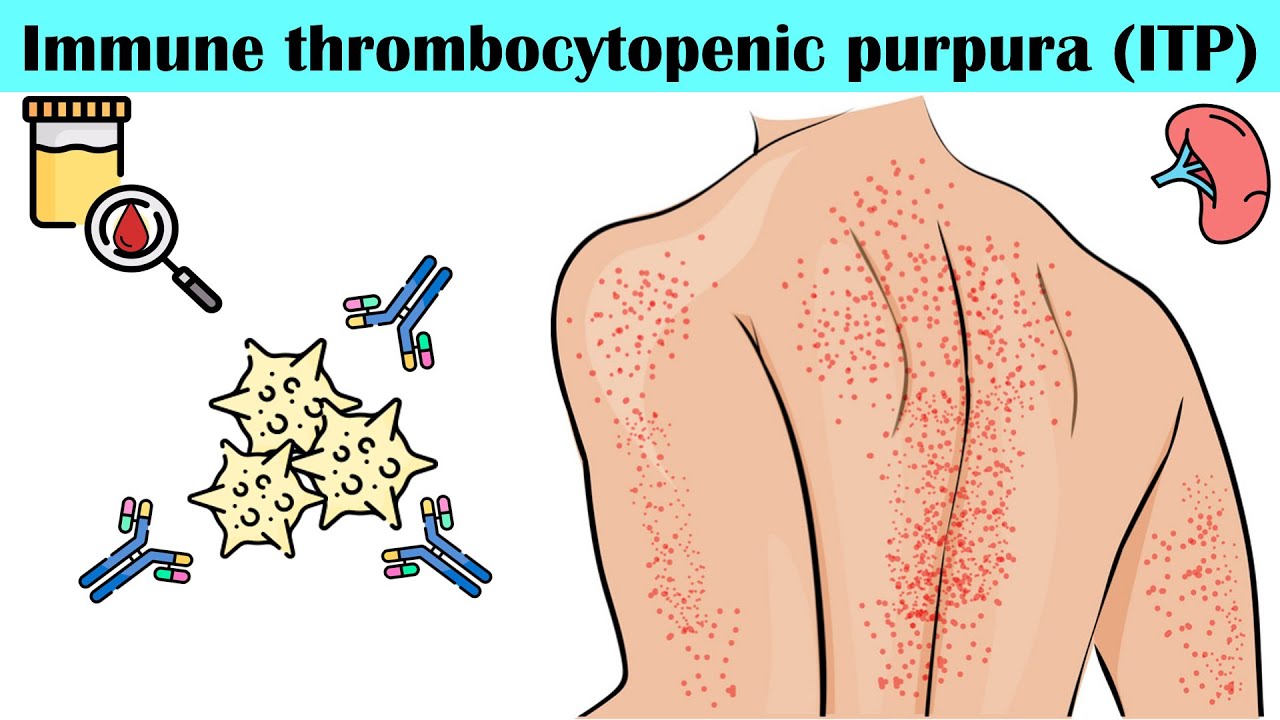In early 2013, a 41-year-old man in Medellin, Colombia was treated for fatigue, fever, cough, and weight-loss of many months’ duration. The man was diagnosed with HIV in 2006, but was not taking his medications for some time before experiencing this bout of illness. CT imaging revealed tumors in the man’s lymph nodes and lungs, but biopsies of the affected tissues indicated non-human cells. This led the team of physicians in Medellin to contact the CDC for assistance.
Upon closer inspection, doctors discovered the malignant cells contained DNA from Hymenolepis nana (H. nana), a parasitic tapeworm that typically infects the gastrointestinal tract. This gave rise to the working hypothesis that the man’s immunocompromised condition allowed the H. nana cells to grow and divide unchecked until they began to resemble and act like cancerous tumors. These tumors eventually contributed to the man’s death, occurring only 72 hours after researchers identified the parasite as the cause of the man’s cancer.
Click here to read more about this discovery from the New England Journal of Medicine.








